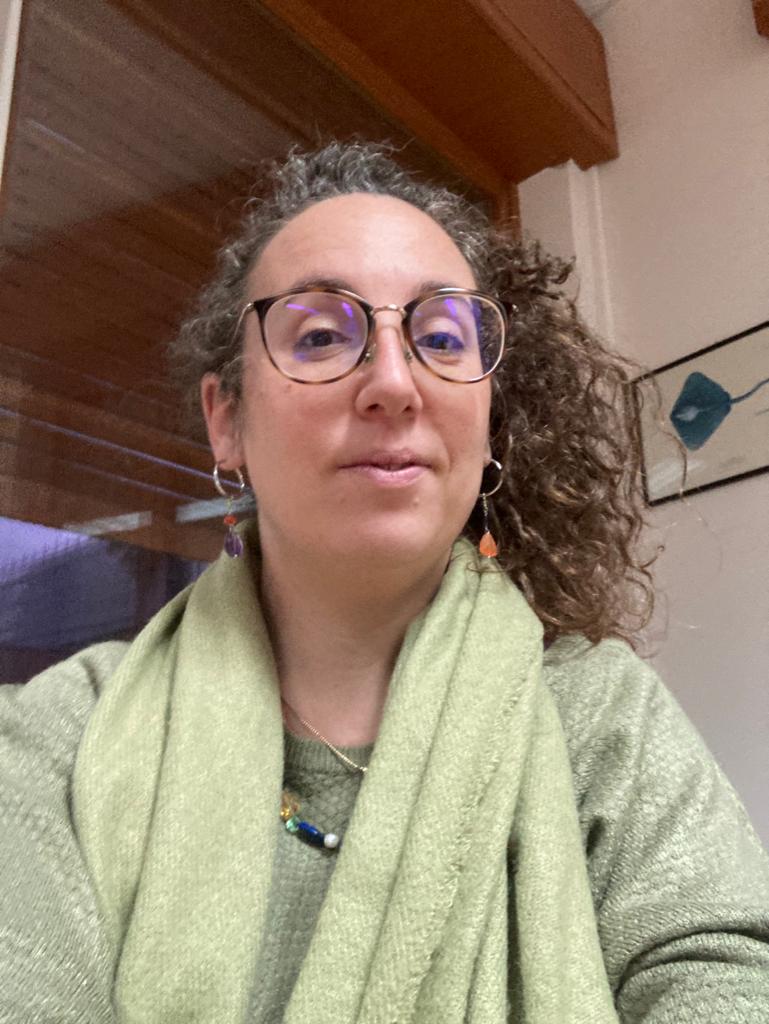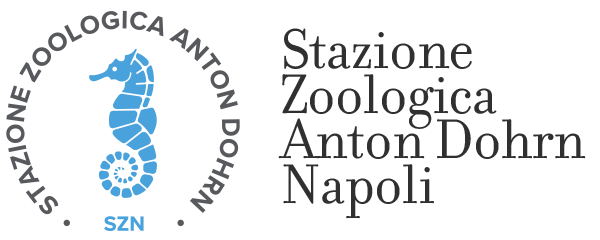 Researcher
Researcher
Stazione Zoologica Anton Dohrn
Sicily Marine Centre
Integrative Marine Ecology Department
Villa Pace - C.da Porticatello 29, 98167 Messina – Italia
E-mail: cristina.peda(at)szn.it
Contatto Skype: cristina.peda
Cristina Pedà - Google Scholar
Research Interests
My research activity is mainly focused on the study of different aspects of Marine litter pollution with particular attention to the impacts on the marine environment (composition and characterization of seafloor, floating and beach litter), on marine biota and the trophic web (plastic ingestion in teleost and cartilaginous fish and cephalopod molluscs; interaction between marine litter and common octopus; effects of microplastic ingestion on teleosts) and on marine bacterial communities (abundance, composition and metabolic activity). In this field, I have also been involved in the development and application of methodologies for the extraction of microplastics from marine organisms and different environmental matrices and the characterization and identification of polymers using Fourier transform infrared spectroscopy (FT-IR).
Another important line of research concerns the trophic ecology of fish species, including large pelagic fish (swordfish, tuna, albacore, imperial garfish) and demersal fish as well as cetaceans through the stomach contents analysis. In this field, I have experience in cephalopod taxonomy as well as in the identification of cephalopod beaks in stomach contents.
Finally, other research interest concerns the sustainable use of fishing resources and fishery management. My activities were mainly focused on small-scale fisheries through the application of a bottom-up participatory approach to integrate the local ecological knowledge of local communities and key stakeholders into a common vision for a sustainable strategy based on co-management models.
Project
• Project Prin 2022 PNRR “CIAO MARE: Cephalopod Integrated Analysis to identify the impact Of MARine Environmental pollution”. Role: Coordinator WP3 (Project lifetime: December 2023 – November 2025)
• Project PNRR “NBFC - National Biodiversity Future Center” - SPOKE 2 “Solutions to reverse marine biodiversity loss and manage marine resources sustainably” - Line 1 - “Recognizing the value of biodiversity and ecosystem health toward a more sustainable fishery”. Role: Researcher (Project lifetime: 2022 – 2026)
Selected Publications
Pedà C, Caccamo L, Fossi MC, Gai F, Andaloro F, Genovese L, Perdichizzi A, Romeo T, Maricchiolo G. (2016). Intestinal alterations in European sea bass Dicentrarchus labrax (Linnaeus, 1758) exposed to microplastics: preliminary results. Environmental Pollution, 212, 251-256.
DOI: 10.1016/j.envpol.2016.01.083
Pedà C, Battaglia P, D’Alessandro M, Laface F, Malara D, Consoli P, Vicchio TM, Longo F, Andaloro F, Baini M, Galli M, Bottari T, Fossi MC, Greco S, Romeo T. (2020). Coupling gastro-intestinal tract analysis with an airborne contamination control method to estimate litter ingestion in demersal elasmobranchs. Frontiers in Environmental Science, 119.
DOI: 10.3389/fenvs.2020.00119
Pedà C, Longo F, Berti C, Laface F, De Domenico F, Consoli P, Battaglia P, Greco S, Romeo T. (2022). The waste collector: information from a pilot study on the interaction between the common octopus (Octopus vulgaris, Cuvier, 1797) and marine litter in bottom traps fishing and first evidence of plastic ingestion. Marine pollution bulletin, 174, 113185.
DOI: 10.1016/j.marpolbul.2021.113185
Pedà C, Romeo T, Panti C, Caliani I, Casini S, Marsili L, Campani T, Baini M, Limonta G, de Rysky E, Caccamo L, Perdichizzi A, Gai F, Maricchiolo G, Consoli P, Fossi M. C. (2022). Integrated biomarker responses in European seabass Dicentrarchus labrax (Linnaeus, 1758) chronically exposed to PVC microplastics. Journal of Hazardous Materials, 438, 129488.
DOI: 10.1016/j.jhazmat.2022.129488
Pedà C, Rizzo C, Laface F, Giannarelli S, Battaglia P, Romeo T, & Giudice A. L. (2024). First evidence of microplastic ingestion by the European grayling, Thymallus thymallus, in sub-Arctic regions: Insights on plastic pollution and preliminary risk assessment in the Teno River (Finland). Science of The Total Environment, 957, 177603.
DOI: 10.1016/j.scitotenv.2024.177603










